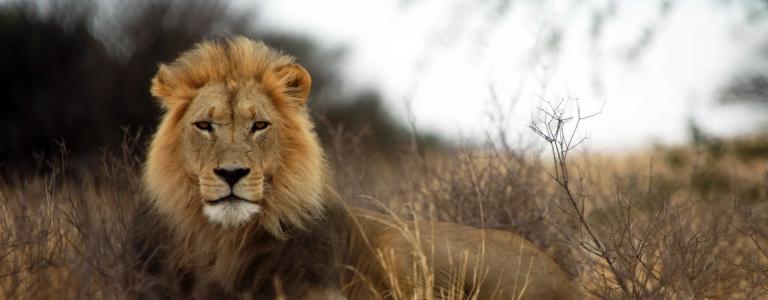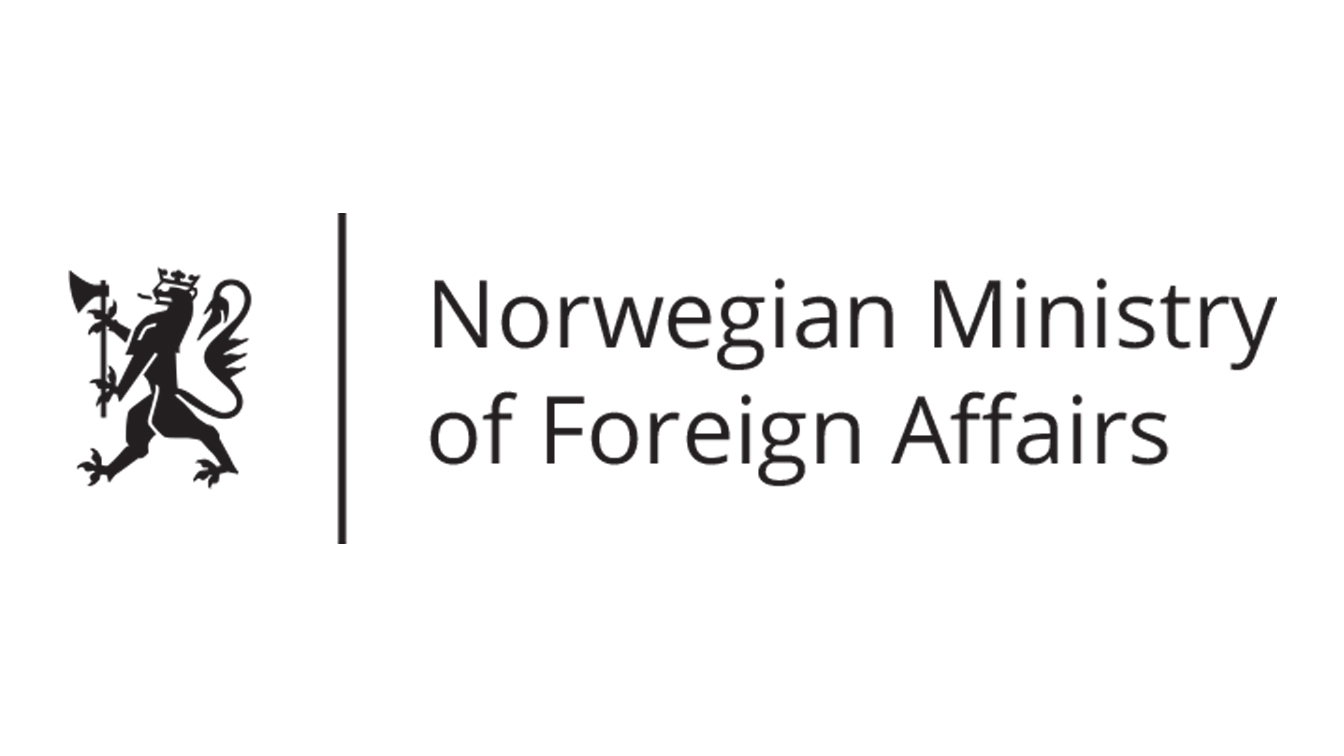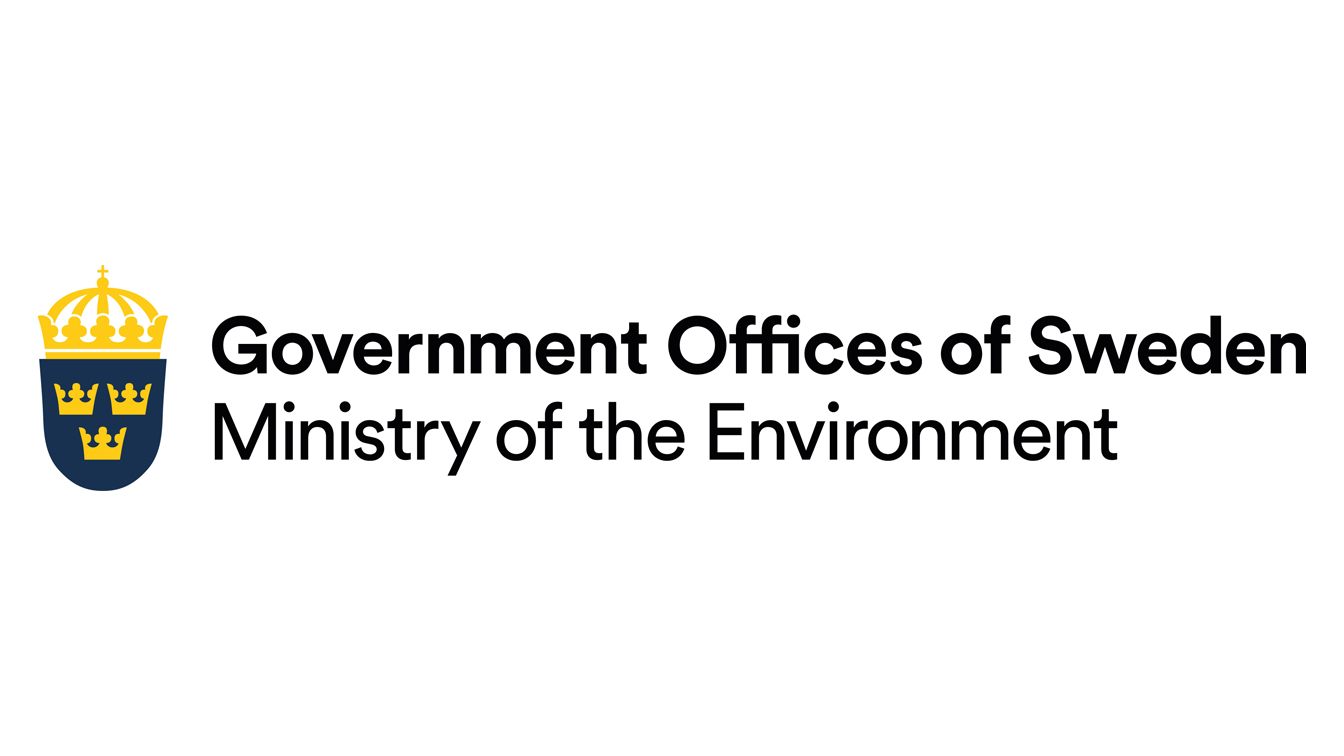Protecting Endangered Species
Still Only One Earth: Lessons from 50 years of UN sustainable development policy
Despite continued conservation efforts, the status of many endangered species remains unchanged. The Convention on International Trade in Endangered Species of Wild Fauna and Flora (CITES) and the Convention on Migratory Species of Wild Animals (CMS) are the primary treaties tasked with protection of endangered species. But moving forward, species conservation efforts should expand to include lesser known species that serve important ecosystem services. (Download PDF) (See all policy briefs) (Subscribe to ENB)
The Persian leopard (Panthera pardus tulliana), the largest subspecies of leopards, used to roam widely across Central Asia and the Caucasus. They are large spotted cats—about five feet in length—with slender hindquarters and long, thick tails. Both male and female leopards lead solitary lives, though they come together during winter mating. They are very territorial, patrolling wide home ranges to scent-mark trees, shrubs, and rocks. The leopard inhabits a wide variety of habitats: from mountain crags up to 3,000 meters in elevation, to grasslands and cold desert ecosystems, with a preference for cliff and rocky areas, as well as juniper and pistachio woodlands that give them cover for hunting.
During the past century, human-wildlife conflict, indiscriminate killing of their prey, habitat loss, and bounties incentivizing their killing have reduced their historic range by 72-84% (Jacobson et al., 2016). Today, according to the International Union for Conservation of Nature (IUCN) Red List of Threatened Species—the world’s most comprehensive inventory of the global conservation status of species and subspecies, which uses a set of defined criteria to evaluate their extinction risk (Rodrigues et al., 2006)—the Persian leopard is endangered.
The story of the Persian leopard is the story of many species pushed by human action to the brink of extinction. Strong conservation measures can still reverse the course for some species. For many others, it is too late.
During the past century, human-wildlife conflict, indiscriminate killing of their prey, habitat loss, and bounties incentivizing their killing have reduced the leopard’s historic range by 72-84%
The foundations of global species conservation measures date back to the 1972 Stockholm Conference on the Human Environment. Principle 2 of the Stockholm Declaration says “the natural resources of the earth, including the air, water, land, flora and fauna and especially representative samples of natural ecosystems, must be safeguarded for the benefit of present and future generations.” Principle 4 reads “Man has a special responsibility to safeguard and wisely manage the heritage of wildlife and its habitat, which are now gravely imperilled by a combination of adverse factors.”
Among the 109 recommendations found in the Stockholm Action Plan, Recommendation 99 calls for the preparation and adoption of an international treaty to regulate international trade in certain species of wild plants and animals. This treaty, the Convention on International Trade in Endangered Species of Wild Fauna and Flora (CITES), had been drafted as a result of a resolution adopted in 1963 at a meeting of members of IUCN. As a result of the push provided by the Stockholm Conference, the Convention was finally adopted at a meeting of representatives of 80 countries in Washington, D.C. on 3 March 1973.
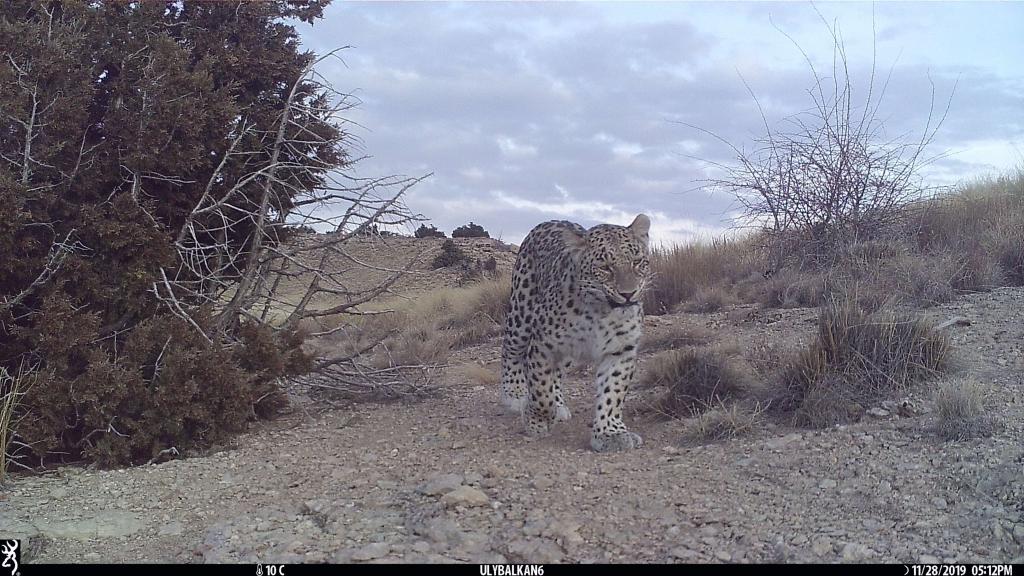
There are a few other relevant recommendations. Recommendation 29 draws attention to species of wildlife that may serve as indicators for future wide environmental disturbances. Recommendation 30 emphasizes drawing attention to the situation of animals endangered by their trade value. The Stockholm Declaration and Action Plan also legitimized the role of IUCN and especially the Red List, which had been established in 1964. In fact, IUCN was one of the few environmental organizations formally involved in the preparations of the Stockholm Conference and in the drafting and implementation of the three conventions that followed it: the Convention Concerning the Protection of World Cultural and Natural Heritage (1972), CITES, and the Ramsar Convention on Wetlands of International Importance (1971).
What are Endangered Species: The Role of the IUCN Red List
Since its establishment, the IUCN Red List has been the key tool to assess the status of species and catalyze action for conservation and policy change. Through the List’s rigorous assessment processes, experts linked to the IUCN Species Survival Commission’s specialist groups collect information on a species’ range, population size, habitat and ecology, use and/or trade, threats, and conservation actions that inform necessary conservation decisions.
The assessments published in the IUCN Red List are used by governments, nongovernmental organizations (NGOs), and multilateral environmental agreements. The assessments drive conservation action and funding, albeit still in insufficient ways to always ensure saving species. In fact, Betts et al. (2020) noted that without successful communication between species experts, academics, policymakers, funders, and practitioners, IUCN Red List assessments may not lead to development and implementation of conservation action plans.
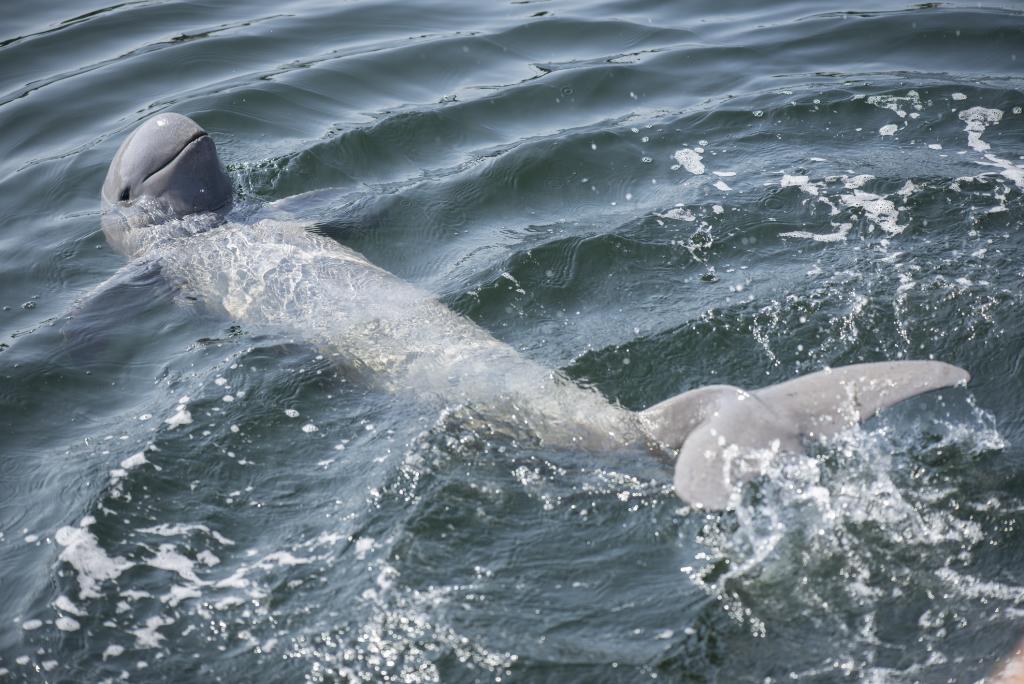
The IUCN Red List has nine categories to indicate how close a species is to becoming extinct. The closest to extinction is the “critically endangered” category, with a species example being the Asiatic cheetah (Acinonyx jubatus venaticus), a subspecies found only in Iran that has dwindled to fewer than 50 animals remaining in the wild. The least critical category is defined as “least concern.” For example, the global brown bear (Ursus arctos) population is considered to be of “least concern” because it is large and spread over three continents, even though there are some local populations that are under threat. The categories in the middle, i.e., “vulnerable” and “endangered,” are for species considered under threat.
In other words, if a species is either critically endangered, endangered, or vulnerable, it is in popular terms “endangered.”
This mismatch between the technical terms of the IUCN Red List and common language can lead to confusion. In 2016, a re-assessment of the snow leopard prompted an outcry from some members of the conservation community due the species’ being reclassified from endangered to vulnerable (McCarthy et al., 2016). Their anger was echoed by members of the public, in part because they did not understand “being vulnerable” under IUCN Red List criteria still means at high risk of extinction.
The way a species is assessed under the IUCN Red List can also determine whether such species deserve protection under two international treaties aimed at species conservation: CITES and the Convention on Migratory Species of Wild Animals (CMS). Listing an endangered species under either of these two conventions can catalyze further action and, possibly, save a species from extinction (Zahler & Rosen, 2013).
Without successful communication between species experts, academics, policy makers, funders, and practitioners, IUCN Red List assessment may not lead to development and implementation of conservation action plans.
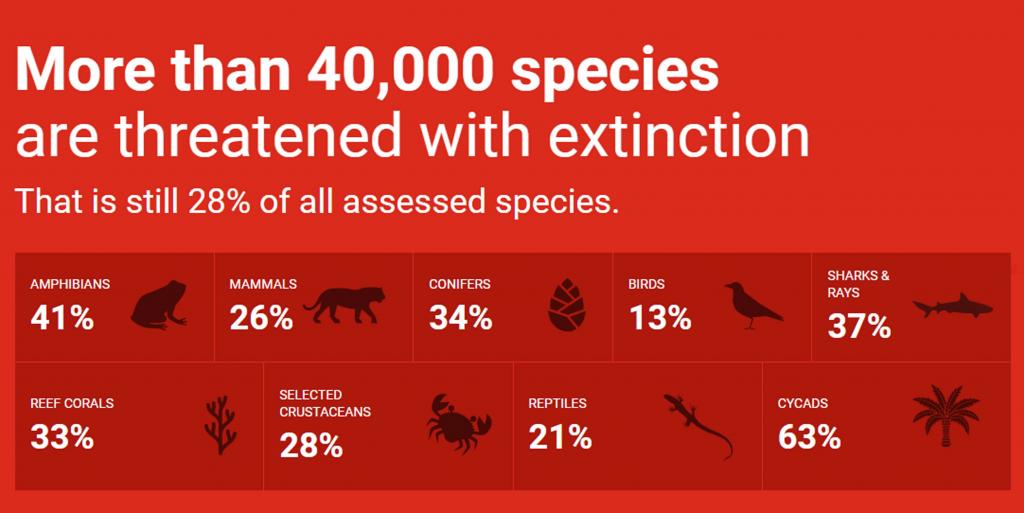
Regulating the Protection of Endangered Species
CITES and CMS are the key conventions tasked with regulating protection of endangered species.
CITES regulates international trade and therefore looks at the impact of trade on species conservation. Annually, international wildlife trade is estimated to be worth billions of dollars and to include hundreds of millions of plant and animal specimens. The trade is diverse, ranging from live animals and plants to an array of products derived from them, including food, exotic leather goods, wooden musical instruments, timber, tourist curios, and medicines. Since trade in wild animals and plants crosses borders between countries, the effort to regulate it requires international cooperation to safeguard certain species from over-exploitation. Today, CITES accords varying degrees of protection to more than 37,000 species of animals and plants, whether they are traded as live specimens, fur coats, or dried herbs (CITES, n.d.)
In the language of CITES, species listed under Appendix I are considered threatened with extinction and afforded the highest level of protection, including restrictions on commercial trade. Examples of the 931 species currently listed under Appendix 1 include gorillas (Gorilla sp.), tigers (Panthera tigris), and snow leopards (Panthera uncia). Appendix II includes species that, while currently not threatened with extinction, may become so without trade controls. It also includes species that resemble other listed species and must be regulated to effectively control the trade in those other listed species. Currently 34,419 species are listed under Appendix II, including saiga antelope (Saiga tatarica), wolf (Canis lupus), argali sheep (Ovis ammon), and kiang (Equus kiang). Appendix III includes a list of wildlife and plant species identified by particular CITES parties as being in need of international trade controls.
The purpose of CMS is conservation of migratory species, their habitats, and migration routes. “Migratory” is broadly defined as species that straddle international borders (Lewis & Trouwborst, 2019). Migratory species threatened with extinction are listed in Appendix I of the Convention. Appendix I listing is a mechanism to promote conservation measures called, in CMS terminology, “Concerted Action” among the range states of the listed species. CMS parties commit to ensure strict protections under national laws and conserving their habitats, mitigating obstacles to migration, among other threats. Migratory species viewed as benefiting from international cooperation are listed in Appendix II of the Convention (CMS, n.d.). To date, seven specialized regional agreements and 19 memoranda of understanding have been concluded for Appendix II species under the CMS.
Representative Frameworks for the Conservation of Endangered Species
The development of models tailored to conservation needs throughout migratory ranges is a unique feature of the CMS. Along these lines, there are two important initiatives benefiting endangered species in Africa and Central Asia under the CMS umbrella.
One is the Central Asian Mammals Initiative (CAMI) and its associated Programme of Work. Established in 2014, CAMI aims to strengthen the conservation of Central Asian migratory mammals through a common framework to coordinate conservation activities in the region and coherently address major threats to migratory species. By developing an initiative for Central Asian mammals, CMS is catalyzing collaboration between all stakeholders, with the aim of harmonizing and strengthening the implementation of the Convention (Rosen & Roettger, 2014). One of the most recent projects under CAMI is the proposed development of a regional strategy for the conservation of the Persian leopard.
The Joint CITES-CMS African Carnivores Initiative (ACI), established in 2017, stems from the recognition of the importance of synergies and coordination of measures toward species that are protected under both Conventions. Supported by IUCN Species Survival Commission’s specialist groups, the Secretariats are tasked to drive effective conservation of African lion, leopard, cheetah, and wild dog, and help avoid duplicate activities and associated costs, and generate funding.
By developing an initiative for Central Asian mammals, CMS is
catalyzing collaboration between all stakeholders, with the aim of
harmonizing and strengthening the implementation of the Convention
There are also two other important frameworks, each focused on the conservation of single species. One is the Global Tiger Initiative Council (GTIC), and the other is the Global Snow Leopard Ecosystem Protection Program (GSLEP).
GTIC was originally set up as the Global Tiger Initiative (GTI), a global alliance of governments, international organizations, NGOs, and the private sector, with the goal to save tigers from extinction. Established by the World Bank, the Global Environment Facility (GEF), the Smithsonian Institution, Save the Tiger Fund, and International Tiger Coalition (representing more than 40 NGOs), the initiative is led by the 13 tiger range countries. The St. Petersburg Declaration, adopted in 2010 at the Tiger Summit in Russia, defines the priorities.
GSLEP, propelled by GTI and established in 2013, is driven by 12 snow leopard range states, NGOs, and international organizations, which sit on a steering committee. The foundation of the GSLEP is 12 individual National Snow Leopard and Ecosystems Priorities (NSLEPs). Under GSLEP, specific activities are grouped under broad themes that correspond to the commitments of the Bishkek Declaration adopted at the 2013 Global Snow Leopard Conservation Forum (Zakharenka et al., 2016).
Some of these initiatives have successfully catalyzed attention, resources, and conservation action. They have received a high level of political attention, especially GTI in Russia and GSLEP in Kyrgyzstan, as respective hosts of the Tiger Summit and Snow Leopard Forum. However, some conservationists argue, especially in relation to tigers, that results have fallen short, and lack of transparency and accountability is compromising progress in tiger conservation efforts. Slappendel (2021) writes that “tiger-range countries are responsible for making tiger conservation efforts and holding themselves accountable for their methods and results. There’s no authority above them, so they can do whatever they want.
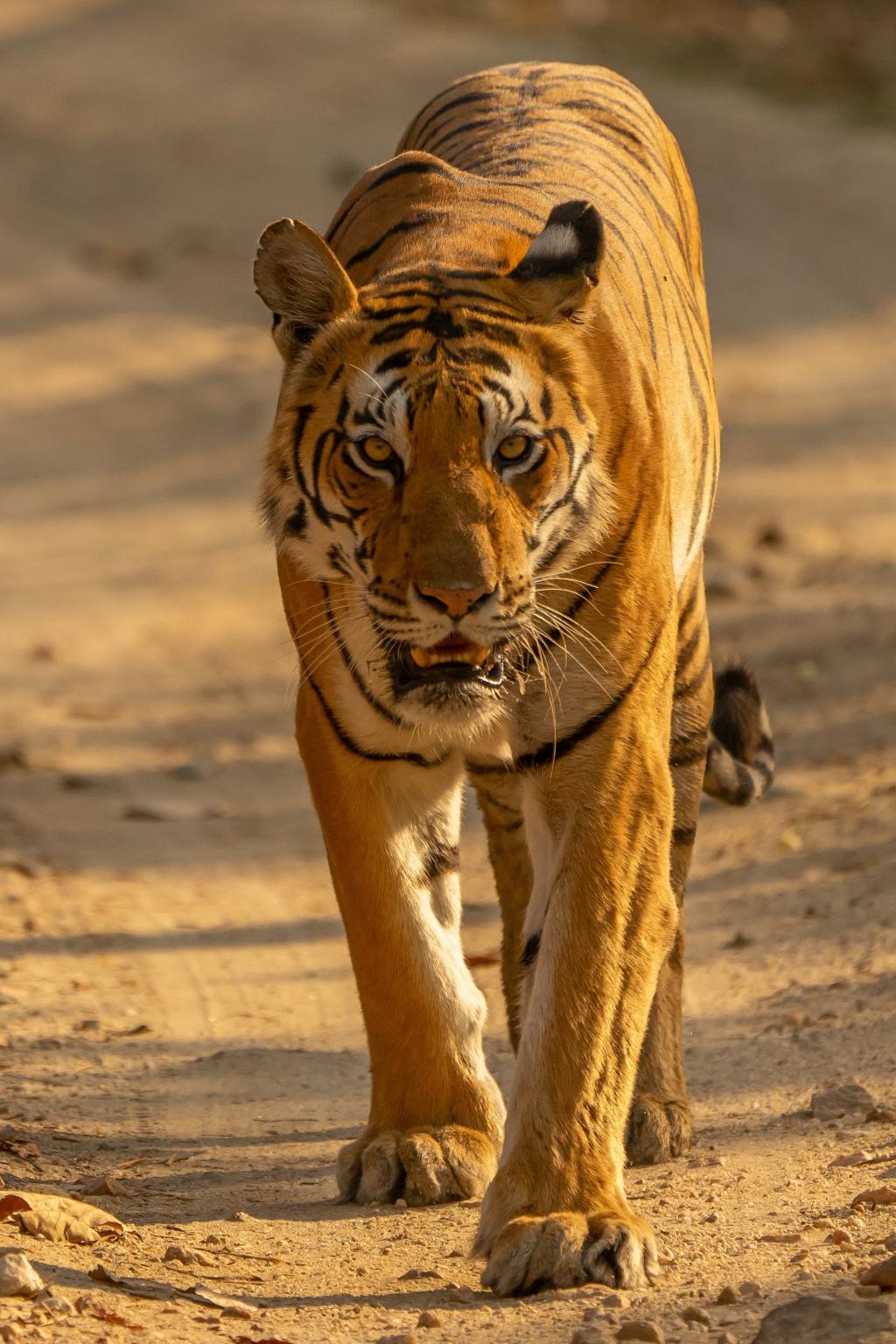
While the reach and influence of CAMI and ACI are more limited compared to GTI and GSLEP, they have also generated important resources for conservation and could likely have a stronger policy-driving role in the future.
Generally, these four frameworks serve as important examples for directing donor resources.
The Role of UN Agencies and Donors
The GEF, established in 1992, is the largest multilateral fund focused on enabling developing countries to invest in nature. It supports the implementation of major international environmental conventions including on biodiversity, climate change, chemicals, and desertification. Endangered species prioritized under CITES and CMS, such as GTI and GSLEP, are also prioritized for GEF funding.
In 2010, the GEF indicated it would provide up to USD 50 million in grants to save the tiger through contributions to be invested by developing countries using their GEF allocations in biodiversity, supplemented by investments from its REDD+ Program (reducing emissions from deforestation and forest degradation in developing countries, and the role of conservation, sustainable use of forests, and enhancement of carbon stocks) (GEF, 2010). Since 1991, the GEF has invested nearly USD 100 million toward snow leopard projects implemented by the United Nations Development Programme (UNDP). The GSLEP Forum in 2013 catalyzed nine further GEF-financed, UNDP-implemented projects, representing an investment of about USD 45 million to support snow leopard range countries. These nine projects also leveraged over USD 200 million in co-financing from national and international partners (UNDP, 2016).
UNDP has emerged as one of the key implementing UN agencies when it comes to endangered species and conservation projects more broadly. The United Nations Environment Programme (UNEP) has also spearheaded initiatives for the conservation of endangered species, such as Vanishing Treasures. This EUR 9 million project, funded by the Grand Duchy of Luxembourg, seeks to better understand the vulnerability to climate change of the snow leopard, tiger, and gorilla and the ecosystems being affected.
Why Do Many Species Continue to be Endangered?
The Intergovernmental Science-Policy Platform on Biodiversity and Ecosystem Services (IPBES) warned in its Global Assessment Report on Biodiversity and Ecosystem Services that “nature is declining globally at rates unprecedented in human history—and the rate of species extinctions is accelerating” (IPBES, 2019).
Despite continued conservation efforts, the status of many endangered species remains unchanged—including tigers, lions, and cheetahs. The question is: Why? With our growing knowledge of the fragility of the planet’s ecosystems, why are we pushing entire species out of existence?
The limited amount of funding benefiting species research and conservation is one reason. Often these funds are short term, whereas to really see progress and results, a longer funding commitment is necessary. Some projects are also too narrowly focused on protection and enforcement, without seeking ways local communities can be part of the solution. Likewise, some projects do not address root causes of decline.
But there are also issues of capacity. In many countries that provide habitat for endangered species, there is limited technical capacity to protect such species. Local and national conservation organizations also would benefit from greater capacity building.
At the national level, species conservation may not be prioritized. This is often reflected in ministries tasked with both environment and agriculture or economic and mining issues—with the latter issues prioritized over conservation. Species conservation also does not operate in a vacuum, but must be considered alongside mechanisms to address threats to their survival, which may be exacerbated by conflicting development goals. For example, a development project aimed at improving access to water, through building dams and irrigation channels, may hurt access by salmon species to spawning grounds or damage riparian habitat. Finally, conservation organizations—with their own agendas and issues of competition for funding that leads to lack of cooperation—sometimes fail to create better synergies for conservation.
There are also many other endangered species that are not as well known or do not have the appeal of more popular endangered species, such as snow leopards or tigers. Some of these species have disappeared from large swaths of their range, including the striped hyaena (Hyaena hyaena), which can no longer be found in parts of Central Asia and Caucasus regions. The lesser-known Saint Lucia racer (Erythrolamprus ornatus), listed as Critically Endangered, numbers fewer than 20 individuals and is considered one of the rarest snakes in the world. Similarly, the Daguo Mulian tree (Magnolia grandis) is listed as critically endangered due to habitat loss for agricultural expansion and logging.
Moving Forward
Protecting iconic endangered species is still important for promoting policies and measures that can benefit entire ecosystems and many other endangered species. Nevertheless, species conservation efforts must expand to include many more species that are lesser known and serve important ecosystem services. Such efforts should also create incentives for local communities to conserve them, including through sustainable use when that is recognized as the only or the most effective measure. Finally, greater financial resources have to be allocated. Many hope the post-2020 global biodiversity framework will help guide the most pressing actions to keep entire species from being erased from our shared world.
Works Consulted
Betts, J., Young, R. P., Hilton-Taylor, C., Hoffmann, M., Rodríguez, J. P., Stuart, S. N., & Milner-Gulland, E. J. (2020). A framework for evaluating the impact of the IUCN Red List of threatened species. Conservation Biology: The Journal of the Society for Conservation Biology, 34(3), 632–643. doi.org/10.1111/cobi.13454
Convention on International Trade of Endangered Species of Wild Fauna and Flora. (n.d.). What is CITES? cites.org/eng/disc/what.php
Convention on the Conservation of Migratory Species of Wild Animals. (n.d.). CMS. cms.int/en/legalinstrument/cms
Global Environment Facility. (2010). Global Environment Facility to support $50 million in grants to save the tiger. thegef.org/newsroom/news/global-environmentfacility-support-50-million-grants-save-tiger
Intergovernmental Science-Policy Platform on Biodiversity and Ecosystem Services. (2019). Global assessment report on biodiversity and ecosystem services of the Intergovernmental Science-Policy Platform on Biodiversity and Ecosystem Services. doi.org/10.5281/zenodo.3831673
Jacobson, A.P., Gerngross, P., Lemeris, Jr., J.R., Schoonover, R.F., Anco, C., Breitenmoser-Würsten, C., Durant, S.M., Farhadinia, M.S., Henschel, P., Kamler, J.F., Laguardia, A., Rostro-García, S., Stein, A.B., & Dollar, L. (2016). Leopard (Panthera pardus) status, distribution, and the research efforts across its range. PeerJ 4:e1974. doi.org/10.7717/peerj.1974
Lewis, M., & Trouwborst, A. (2019). Large carnivores and the Convention on Migratory Species (CMS)—definitions, sustainable use, added value, and other emerging issues. Frontiers in Ecology and Evolution 7. frontiersin.org/article/10.3389/fevo.2019.00491
McCarthy, T., Mallon, D., Jackson, R., Zahler, P., & McCarthy, K. (2017). Panthera uncia. The IUCN Red List of Threatened Species 2017. Panthera uncia (Snow Leopard) (iucnredlist.org)
Rodrigues, A.S.L., Pilgrim, J.D., Lamoreux, J.F., Hoffmann, M., & Brooks, T.M. (2006). The value of the IUCN Red List for conservation. Trends in Ecology & Evolution 21(2), 71-76. doi.org/10.1016/j. tree.2005.10.010
Rosen, T., & Roettger, C. (2014). Central Asian Mammals Initiative: Saving the last migrations. CMS. cms.int/sites/default/files/publication/Central_Asian_Mammals_Initiative.pdf
Slappendel, C. (2021). What’s stopping some countries from keeping up with tiger conservation promises? Commentary. Mongabay news.mongabay.com/2021/11/whats-stopping-some-countries-from-keeping-up-with-tiger-conservationpromises-commentary/
UNDP. (2016). Silent Roar - UNDP and GEF in the snow leopard landscape. undp.org/publications/silent-roar-undpand-gef-snow-leopard-landscape
Zahler, P., & Rosen, T. (2013). Endangered mammals. Encyclopedia of Biodiversity. Elsevier.
Zakharenka, A., Sharma, K., Kochorov, C., Rutherford, B., Varma, K., Seth, A., Kushlin, A., Lumpkin, S., Seidensticker, J., Laporte, B., Tichomirow, B., Jackson, R. M., Mishra, C., Abdiev, B., Modaqiq, A. W., Wangchuk, S., Zhongtian, Z., Khanduri, S. K., Duisekeyev, B., … Yunusov, N. (2016). The Global Snow Leopard and Ecosystem Protection Program. Snow Leopards, 559–573. doi.org/10.1016/b978-0-12-802213-9.00045-6
Additional downloads
You might also be interested in
Web of resilience
Pakistan's development model has still not recognised the limits of the natural environment and the damage it would cause, if violated, to the sustainability of development and to the health and well-being of its population. Pakistan’s environment journey began with Stockholm Declaration in 1972. A delegation led by Nusrat Bhutto represented the country at the Stockholm meeting, resulting in the establishment of the Urban Affairs Division (UAD), the precursor of today’s Ministry of Climate Change. In setting the country’s environmental agenda, we were inspired by the Stockholm Principles, but in reality, we have mostly ignored them for the last five decades.
The Legacies of the Stockholm Conference
Fifty years after Stockholm, we face a triple planetary crisis of climate change, nature and biodiversity loss, and pollution.
The Roots of Forest Loss and Forest Governance
If lessons from past failures on deforestation are learned, forest protection could play a major role in reversing both climate change and biodiversity loss.
Pathways to Sustainable Cities
Urban planning needs to be inclusive and responsive to the needs of local communities and build on participatory approaches that foster the engagement of marginalized actors.
